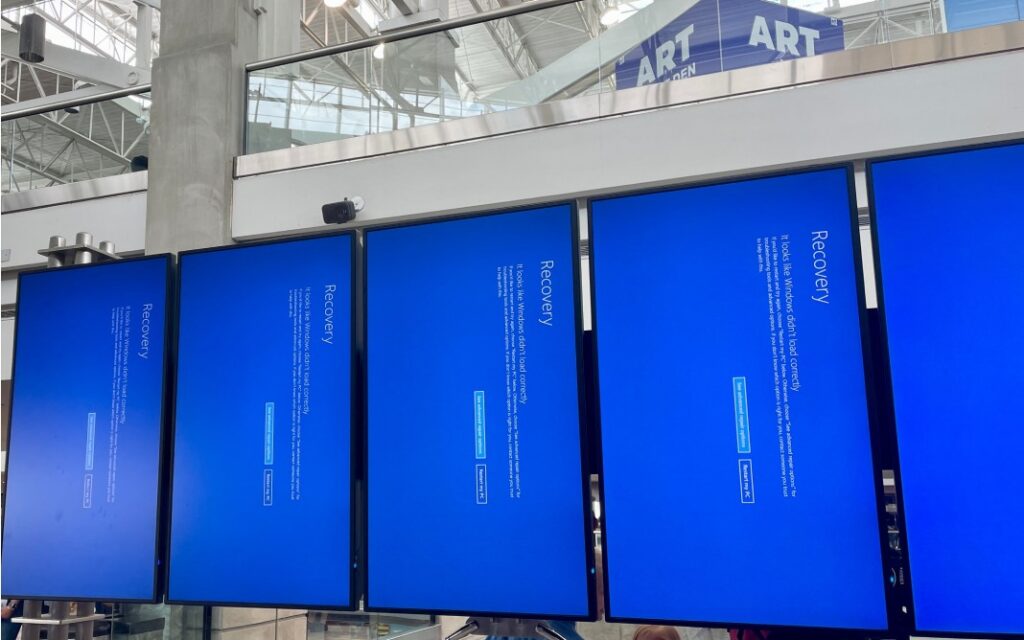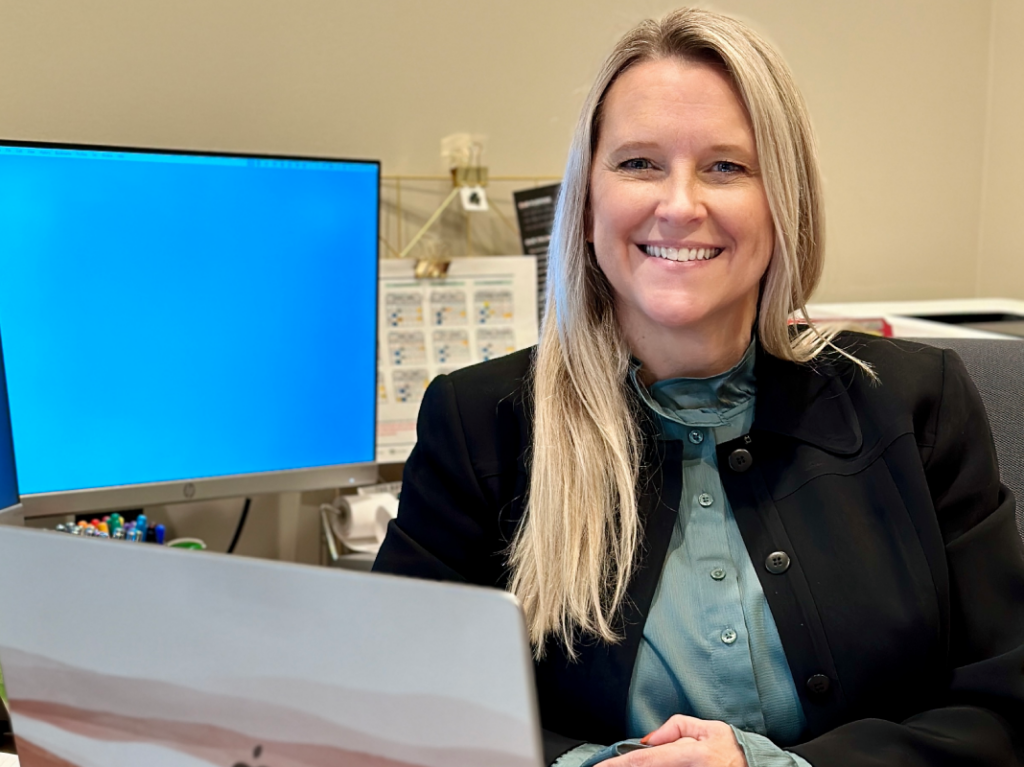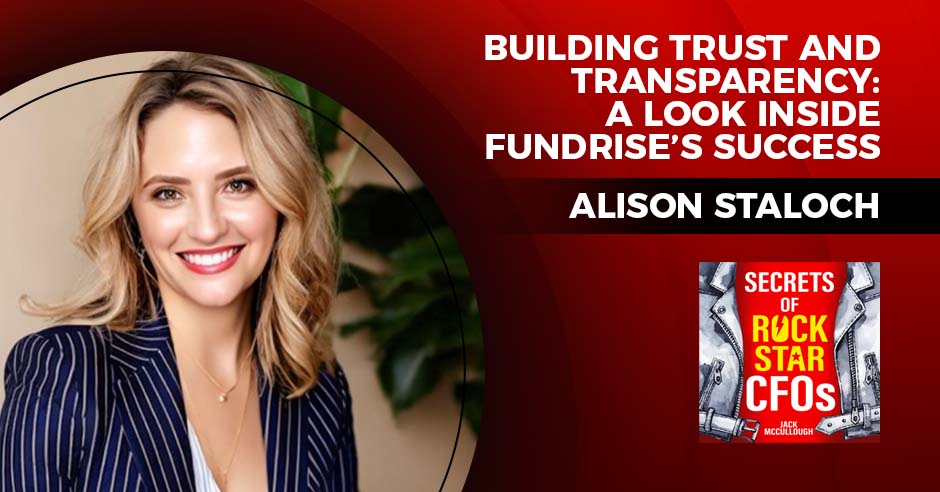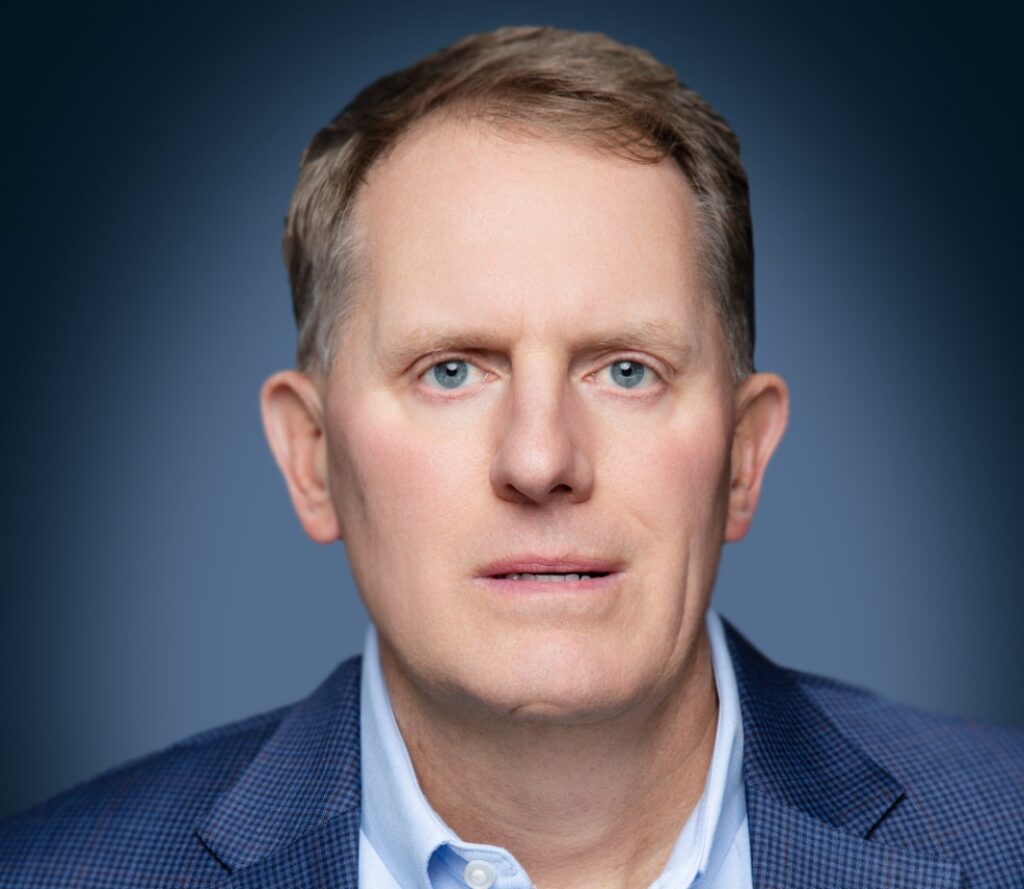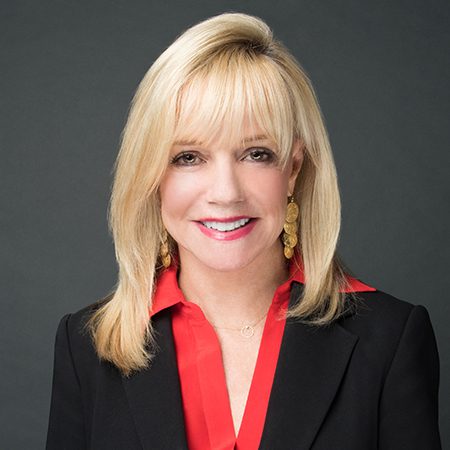
“If you can’t predict what will happen, you can’t plan for it,” said Judy Hendrick, CFO at Aimbridge Hospitality, the world’s largest hotel management firm, whose brands include Marriott, Hilton and Hyatt.
In an industry rocked by the shattering impact of Covid-19, Hendrick was fortunate to have already put in place a scenario planning process, in the aftermath of 9/11, predicting the adverse effects of different crises on revenue, working capital, the balance sheet and liquidity. Although this form of planning didn’t deter the carnage caused by the pandemic, it positioned Aimbridge to rapidly respond to the crisis.
“Obviously, we and others in the industry never experienced anything like this before, which had a bigger business impact than 9/11 and the financial crisis of 2008 combined,” Hendrick said. “But our scenario planning playbook helped us determine the extent and breadth of the pandemic’s impact early on, while guiding ways to manage our costs and pursue new revenue opportunities.”
This agility is needed now more than ever. Over the past year, a range of business shocks have reverberated to shake nearly all companies, including massive wildfires, geopolitical instability, social unrest and pandemic-induced supply chain upheaval, health risks and new work paradigms. Scenario planning can be a useful process to predict such repercussions in advance, assisting strategies to moderate the impact.
While this corollary to strategic planning has been around for decades, it is typically performed on a siloed basis in operations, sales, finance and IT. Given the extraordinary economic impact of the pandemic, management consultants believe the process must be pulled from these siloes, centralized on an enterprise basis and led by the CFO.
“When the pandemic exploded on the scene, everyone in the organization looked at the CFO in desperation, saying what does this mean in terms of demand, working capital and liquidity,” said Steve Gallucci, national leader of Deloitte’s CFO practice. “Going forward, CFOs need to elevate and invest in scenario planning, relinquishing the use of rudimentary tools like Excel to do sophisticated modeling with AI (artificial intelligence) and advanced analytics solutions.”
Tough Questions, Tougher Responses
Like long-term strategic planning, scenario planning involves thinking about the future, predicting what might happen. Whereas strategic planning posits the direction of the organization to seize business opportunities ahead, scenario planning projects what can go wrong and derail these plans—hence their complementary nature.
It’s helpful to envision the exercise as a film with a beginning, middle and an end: A crisis occurs that threatens the business, plot twists emerge to complicate the havoc, and based on these drivers, the organization nimbly pivots to subdue the damage.
As Jim Hsu, global strategy leader in EY’s consulting organization, Parthenon, put it, “You start out with all sorts of `what if’ questions about the possibility that something fundamentally will go wrong with the business, followed by how bad the situation will be, and the tactics you need to deploy to get the business back on track. The goal is to systematize the decision-making process by having plans in place to adjust quickly to the crisis at hand.”
Hendrick did just that when the pandemic struck, activating Aimbridge’s scenario planning playbook to assess the present situation, what might be in store, and then find a path toward resilience. The CFO is not new to this process, regularly preforming the exercise to inform the company’s lenders on worst-case scenarios. She also does not dread chaos. “A crisis can be an opportunity to expand our thinking and find innovative ways to grow the business,” she said.
A Crisis Unlike Any Other
That said, the pandemic was a truly defining moment for Aimbridge. In March and April, revenues plunged 85 percent from 2019 levels, although they have climbed back to 50 to 55 percent of the prior year’s figures. Within days of the initial impact, Hendrick created an executive task management committee to brainstorm multiple worst-case scenarios, their possible outcomes and needed mitigations.
Each scenario took into account the various regions across the world comprising the 1,400 independent and branded hotels under Aimbridge management, the spread of Covid-19 contagion in these regions, and the related impact on travel and leisure. This data guided expectations for hotel occupancy reductions and their impact on Aimbridge’s revenue. It was not a task for the fainthearted.
“We created `what if’ scenarios where we imagined that revenue dropped at specific percentage levels in different regions,” she said. “We then compared our cost structure to these scenarios, trying to be as scientific as possible to get in front of all possibilities immediately.”
But the target kept moving. “For example, New York City was hardest hit initially, but then the `worst’ moved elsewhere,” Hendrick said.
A key concern was governmental intervention to chut down hotel operations, To monitor these fast-changing regulations across the world, Hendrick directed an in-house attorney to focus on and report these requirements on a daily basis. She also created a new role at Aimbridge, Chief Governmental Affairs Officer, to liaise with federal and state governments in the U.S. to find ways to provide financial relief to hotel staff furloughed or terminated to reduce operating costs.
The expense reductions in labor and other parts of the cost structure were required to preserve working capital for the ongoing maintenance of hotel operations and back office personnel, as well as pay for unexpected operating expenses caused by COVID-19, such as enhanced sanitation and hygiene methods, new air filtration systems, and social distancing measures.
Cost savings were reaped by leveraging the company’s purchasing power to renegotiate payment terms with insurers, suppliers and other vendors, pushing out these payables 60 days and longer. To assist smaller business partners during the crisis, the company provided personnel resources to help them apply for PPP loans and CARES Act benefits.
A key concern of the CFO was that the debt obligations of its hotel owners did not affect Aimbridge’s revenue stream. “We put forth scenarios where an owner of 50 or 60 hotels ran into serious debt issues, resulting in the foreclosure of several of these hotels in a particular region, affecting our revenue prospects,” she explained.
Were this scenario to occur, the playbook called for advising the hotel owner on which premises made sense to close and others to keep open, clustering guests in the remaining hotels to reduce the owner’s fixed costs. These varied responses helped maintain expense rigor and moderated the overall revenue declines, Hendrick said.
The playbook also outlined opportunities to generate income in adjacent markets. “We have tremendous expertise as a third-party manager of hotel enterprises,” said Hendrick. “We can put this expertise to use in managing student housing, senior living centers, multifamily communities, diversifying our risks if something like this ever happens again.”
What’s Your ‘Base Case?’

Patrick Renna is another CFO activating scenario plans. “Like other CFOs, I’ve always believed that imagining worst-case scenarios was a great way to anticipate and act on what could happen,” said Renna, finance chief at Anthony’s Coal-Fired Pizza, a growing chain of 60 upscale pizza restaurants in eight states. “Of course, we now know what a real worst-case scenario looks like.”
Renna previously served CFO stints at restaurant chains Boloco and Wahlburgers. At each company, he executed a scenario planning process hinged to what he called a “base case,” a metric defining an acceptable rate of profitable growth. “If you’re below the base case, the playbook indicates which levers to pull to reduce expenses by enhancing operating efficiencies or find new revenue opportunities,” he explained.
This procedure worked fine until the pandemic struck, causing Anthony’s revenues to fall more than 40 percent in a month. “We were well below the lowest base case,” he said. “Customers either stayed away from restaurants because of the COVID-19 contagion risk or were restricted by government mandates banning indoor dining. We needed new levers to pull.”
A revised scenario plan was established. Depending on local government restrictions, Renna shifted capital to outdoor dining experiences where feasible, weather-wise. He further invested to improve and hasten the entire chain’s online ordering and third-party delivery capabilities and streamlined menu items to narrow the number of vendors Anthony’s bought from on a regional basis. “We benefited, cost-wise, from greater purchasing power with remaining suppliers,” he said.
The new levers helped the CFO maintain enough working capital for operating needs. Had this not been the case, the company’s close relationship with its lenders would have provided an alternate source of capital.
“CFOs need to ensure the next time an unexpected crisis rears, their companies are first in line to access capital,” said Renna. “A damaged relationship serves no good in time of extraordinary challenges.”
Telling the Story
Scenario planning is not rocket science, yet too many companies fail to practice the exercise routinely or on an enterprise basis, much less implement technologies like AI and advanced analytics to enhance their predictive capabilities. With the pandemic almost in the rear-view mirror, CFOs must give the methodology the attention it required.
The use of forecasting models that incorporate AI to analyze millions of data inputs can provide real-time information on subtle changes in a scenario and how it will affect the business, but it is up to CFOs to develop these worst-case scenarios first, in collaboration with peers in other functions.
“By bringing in people from across the enterprise in multiple disciplines and tasking them to think outside-the-box and make provocative statements about business continuity risks, you now have the feedstock to posit possible outcomes that inform the business response,” said Hernan Saenz, a partner in the global performance improvement practice at Bain & Co. “Using forecasting models, you can run the impact of a `what if’ scenario like a tsunami hitting a major supplier in Japan, turning a manual and highly complex exercise into an incredibly smart and automated process.”
One such tool is provided by demand forecasting company, Prevedere, which has long espoused a unique advanced analytics approach, driven by machine learning algorithms. Rather than present a set of predictions drawn from an analysis of a company’s internal financial data and external macroeconomic data, Prevedere’s analytics engine sifts through millions of atypical external economic data to capture information correlating with a client’s business cycle over the past five years. “If in alignment, this data can be an indicator of future performance,” said Rich Wagner, Prevedere founder and CEO.
Creating ‘Alternative Universes’
Fine-tuning was needed, however, due to the extreme uncertainty surrounding the pandemic’s impact on demand. In June 2020, the company released a more dynamic scenario planning tool that incorporated Covid-19 real-time, high-frequency shock factors like erratic store closures, customer foot traffic, and health and government data into its analytics engine. The potential demand drivers are presented as a baseline outlook, with a set of optimistic and pessimistic assumptions.
The bottom line is a much better prediction to base business decisions on, although no one can accurately predict the future. Still, it’s a start on something that all businesses need. “We’ve moved from a world that was more predictable and stable to one that is far less so,” Saenz said. “By creating alternative universes at are closer to probability, the CFO can rapidly force correct to what has happened.”
In developing these alternate universes, Gallanti advised practicing crisis war games, to improve business decision-making. “By bringing diverse stakeholders together into the `war room’ and asking a series of `what if’ questions involving hypothetical financial, reputational and organizational threats, the group can then assess the effectiveness of the current crisis response and recovery strategies, or lack thereof,” he said.
Now that many CFOs have experienced an actual “black swan” event, they have ample data to draw upon in drumming up their company’s future scenario plans. The only impediment is their resolve. “CFOs must ensure a more holistic, ecosystem-view into what can go wrong and what to do about it,” said Hsu.
Renna plans to do just that, strengthening the practice this year to predict and act upon what might come next. “We’re wired as human beings to have short-term memories and to think this won’t happen to us or if it does it won’t be so bad,” he said. “We weren’t ready for what took place in 2020. We better be the next time.”



